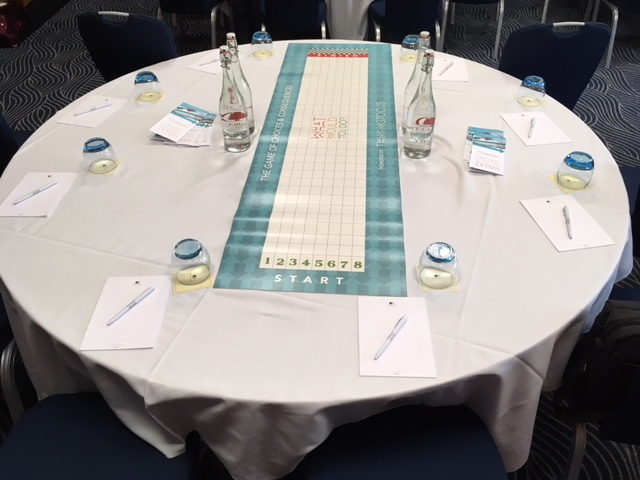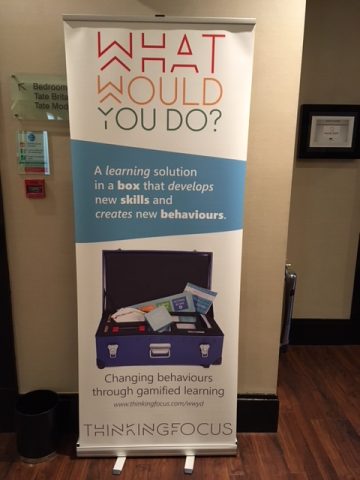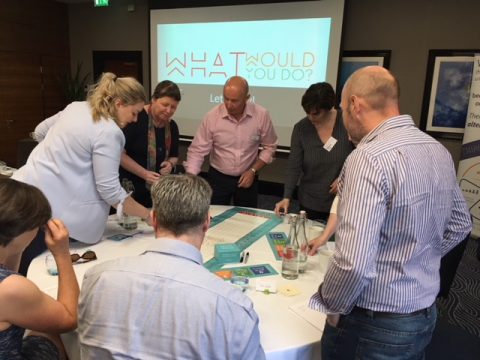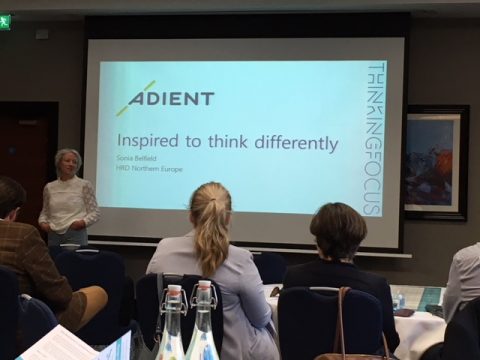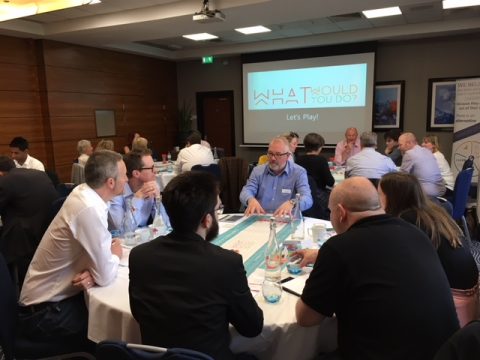by Graham Field
In our working lives, most of us have come across someone who seems to be able to lead people easily.
Others want to follow them, and even when they don’t, the leader seems able to negotiate an effective agreement without too much trouble.
Two of the most common questions we are asked are: “How do I become an influential leader?” and “How do I increase my powers of negotiation?”
It is worth noting from the outset that true negotiation or influencing is not about manipulation. If manipulation is unethical and, potentially, bullying people into doing the things we want them to, negotiation and influencing is helping people get to the same place as us through motivating them to action, engaging their emotions and ensuring a real ‘win-win’ is achieved.
The Leader as Negotiator
Understanding the basics of negotiation is essential for any leader. Whatever stage you’re at as a leader, the following process will help you in any situation where you find negotiation being key.
- Understanding ‘us’: The foundation for any negotiation is the ability for each party to understand the other. This seems such a simple statement to make, but think back to the negotiations you’ve seen where not enough has been found out about who’s being negotiated with, their values and their drivers. The leader as effective negotiator will always understand their counterpart, and will have answered the question “what information do I need about the other person to help make this a success?”
- Understanding ‘what’: The basis of this stage is clear objectives: answering the questions “what do I want from this?” and “what do I have to get to meet my needs?” could reveal two separate objectives, but the leader understands why both are important. To ensure the ‘win-win agreement’ is reached, the same level of clarity is needed on both sides.
- Let’s negotiate: At this stage, the leader will be creating the right environment for success, establishing rapport and drawing out the relevant information from both sides. Now the influential leader will start to come to the fore. The main question to be answered at this stage is “how can I ensure that we both get what we want from this?”
- Let’s disagree: Disagreement is a present in nearly all negotiations, and at this stage the role is likely to complete the switch from negotiator to influential leader. Preferences for dealing with conflict will come into play and at this stage the move from ‘wants’ to ‘needs’ is most likely to take place. If it no longer looks like what is wanted is achievable, the answer to “what do I now need to get from this negotiation?” becomes the prime concern.
- Let’s compromise (or I walk away): The leader as effective negotiator knows that this point may come – the time when compromise (giving something up in return for something) is needed or, if not forthcoming, this is the walk-away point. The most basic question here is “what am I willing to give up in return for what I need?”
- Getting the win-win agreement: This is the reason for the negotiation – the stage where both parties get what they want, or at least part of it. Having reached this stage, the most obvious answer is “what do we do now?” and from, this formal arrangements and agreements are created.
The Influential Leader
Much has been written about powers of persuasion and influencing, more often than not in the context of selling. However, all leaders need to be able to develop themselves in this way – a requirement commonly missed if you’re not a ‘sales leader’. For instance, shaping the organisational structure and getting the buy-in of others, helping others to understand their role and how it supports your vision, getting support for innovative leaps – each and every one an opportunity to make the most of your influencing skill.
One of the greatest texts we’ve come across for understanding how influencing works is ‘Influence – Science and Practice’ by Robert Cialdini, and this research backed book highlights six clear influencing strategies that anyone can develop – and we’ve all seen them in action on a daily basis.
Here are six simple thoughts on how to develop yourself as an influential leader.
- Reciprocation: people repay others who have done something for them – often with something of seemingly greater value. It’s a technique we see all the time: the next time you get given a ‘free book’ or a charity sends you an envelope with a ‘free pen’ be aware that the element of reciprocation is being put in to play here. The influential leader freely gives to others, commonly things of low personal value but of high value to others, and so reciprocation is born. Ask yourself “what could I give to others that costs me little/nothing but will have high value/impact for them?”
- Commitment & Consistency: here the influential leader is aware that getting an ‘agreement in principle’ or a public commitment makes it easier for the person to follow through when called on at a later date. The power of getting ‘agreements in principle’ is often undervalued – getting a ‘yes’ at an early stage ensures support when it’s really needed so ask “how could I create more ‘yeses’ to increase the commitment of others?”
- Social Proof: where you have gained the support of a number of people, their peers and colleagues are likely to follow suit just because they have seen others say yes. Every time you buy something, or do something, because a colleague/friend/family member has done it, you’re following social proof. Creating advocates for you ensures that others will come on board, so ask yourself “who would be my best advocates and how could they help me with others?”
- Liking: does what it says on the tin! This is all about people buying people. Think about those around you who do things for people just because they were asked by someone they like and ask yourself “what are my most likeable qualities?” or “how do I develop more likeable qualities?” We all have them; sometimes it helps to make sure we keep working at them!
- Authority: there are times when we all accept the words of others simply because they are giving us information from their specialist field. The influential leader understands this and knows the expertise they can trade on. This is not simply telling someone to do something because you’re the boss; it’s explaining something that you have a greater understanding of because of your background and training. So consider “what gives me authority?” and make the most of this where appropriate.
- Scarcity: We see this one all the time: ‘Sale must end Monday’, ‘Last few available’. Whenever something appears to be limited, the scarcity principle kicks in. The influential leader knows this, understands the scarce resource that they bring with them and makes sure this principle is applied where necessary – because people want that ‘limited offer’. Understand “what do I have that is a rare commodity?” and think about how this could help your influencing style.
By following the negotiation process above, and developing your powers of persuasion you will be well on your way to becoming an influential leader – and to ensuring that win-win is around every corner.


